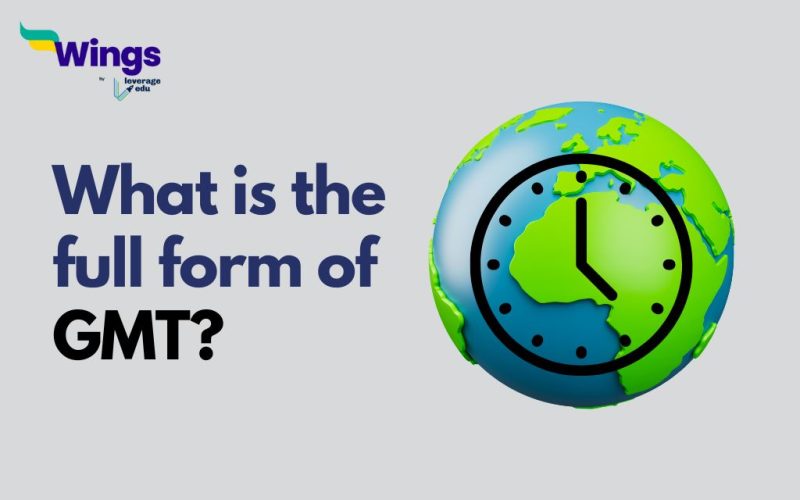The full form of GMT is Greenwich Mean Time. The GMT is known as the Mean Solar Time at the Royal Observatory of Greenwich London. The GMT is measured as per the meridian of Earth, which is a zero-degree longitude line. These specific lines run from the North Pole to the South Pole as well as passing through London’s Old Royal Observatory. Apart from the full form of GMT, we will also share some crucial pieces of information. Make sure you read to the end to know more.
Important Points You Should Remember about GMT
Table of Contents [show]
There are some important points that you need to remember about GMT. For instance, GMT is considered a global time standard of Earth. GMT was first introduced in 1984 and is capable of measuring standard time zones. Apart from that, it can also be used to measure global chronological reference.
Since GMT is calculated from the Greenwich Meridian Line, it’s also known as Greenwich Meridian Time.
Introduction of Greenwich Mean Time
Most people don’t know when Greenwich Mean Time actually started. Greenwich Mean Time or GMT is one of the most effective time zones that cover the overall meridian line of Earth. This specific line goes through the Greenwich Observatory in London. Greenwich Observatory created Greenwich Mean Time back in 1884. At that point in time, people used to use GMT to guide ships at sea. Nowadays, many countries use the GMT as their standard local time.
UTC and Greenwich Mean Time
Keep in mind that the GMT is similar to that of UTC. UTC is another popular standard time that is being used by numerous countries in the world. Unlike UTC, Greenwich Median Time is dependent on the rotation of the Earth. On the other hand, UTC is dependent on atomic clocks. GMT is measured as per the Greenwich Mean Time hours and UTC is measured as per Coordinated Universal Time hours.
FAQ
India Standard Time (IST) is 5 hours 30 mins ahead of the Greenwich Median Time (GMT).
Before 1972, it was called GMT, however, now universally it is known as Coordinated Universal Time or Universal Time Coordinated (UTC).
GMT, a time zone used in parts of Europe and Africa, can be expressed in two formats: the 24-hour clock (0-24) or the traditional 12-hour clock (1-12 AM/PM).
Related Blogs
We hope this blog has helped you understand the full form of GMT and everything related to it. If you want to know more, find the 300+ full forms list on our blog. In the world of short forms, you can rely on the Leverage edu page to know about more full forms like this! Connect with us, study abroad experts, to achieve your international dream today!
 One app for all your study abroad needs
One app for all your study abroad needs















 45,000+ students trusted us with their dreams. Take the first step today!
45,000+ students trusted us with their dreams. Take the first step today!
